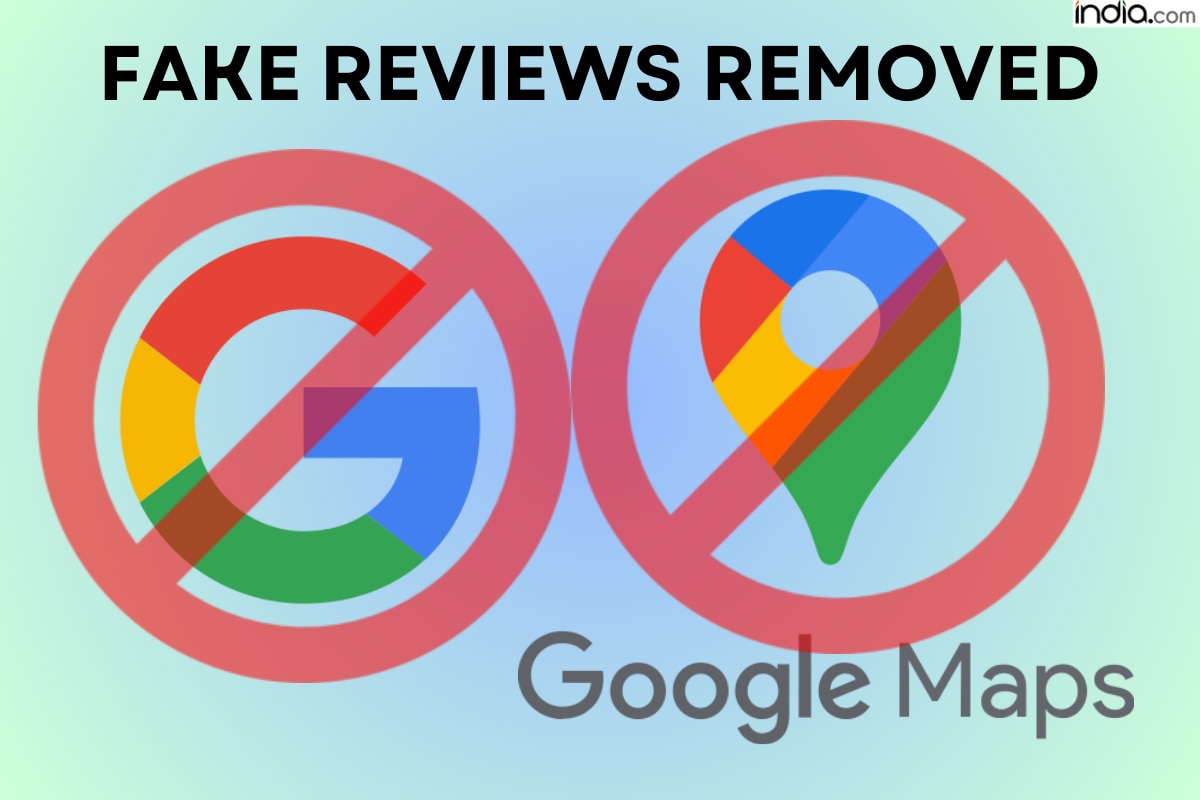Fake reviews have spammed and manipulated the opinions of many users online. Google has used machine learning to combat this threat, but here is how you can protect yourself too.
New Delhi: Google received about 20 million daily contributions to its Maps and Search platforms in 2023. These contributions included changes to business hours, ratings, photos, reviews, and videos. Google used both human and technological operators to ensure the quality and dependability of this data, working with partners in the industry to stop spammers. Here is how Google got rid of spam and fake reviews to enhance the user experience online.
Google Uses Machine Learning
Machine learning is a technology used to upscale the e-learning process of the computer by upgrading the content and tailoring it as per the present requirement. It also provides instant solutions to student queries, saves time by automating admin-related tasks, and offers personalisation and customisation, making it increasingly relevant for students and educational platforms.
In the year before, these algorithms assisted in the removal of over 170 million policy-violating reviews, a 45% increase from the previous year; additionally, improvements to video moderation algorithms and the removal of over 12 million fake business profiles were accomplished. Google’s machine learning algorithms have been instrumental in the identification and removal of fake reviews more efficiently.
Google Removes 45% Fake Reviews
In 2023, Google released a new machine learning algorithm that proved especially useful in identifying suspicious activity and questionable review patterns. This algorithm resulted in Google removing 45% more fake reviews than the previous year and was instrumental in putting an end to a massive online scam involving fake reviews.
Fake reviews, including opinion spam comes in various forms, including fake reviews, fake comments, fake blogs, and fake social network postings, all designed to mislead readers and automated systems.
Google’s Legal Action on Fraudsters
Google filed a lawsuit against a malicious actor who had been posting fake reviews on Google Maps and fraudulently attempting to claim business profiles last year. Google also shared expert insights and participated in industry discussions during the Federal Trade Commission’s advanced notice period. These efforts to combat fake reviews and protect local business reviews on Google Maps and Search also included broader industry collaboration.
Google made great strides in thwarting fake content and safeguarding local business reviews on Maps and Search in 2023. Their sophisticated technology and team of knowledgeable analysts blocked or eliminated over 170 million policy-violating reviews and over 12 million fraudulent business profiles.
How to Protect Yourself From Fake Reviews Online
- Look for patterns: If a product has a large number of reviews that were all posted around the same time, or if the reviews all use similar language, it could be a sign of fake reviews.
- Check the reviewer’s profile: If the reviewer has only posted one review or has a large number of positive reviews for the same product, it could be a sign of fake reviews.
- Look for specific details: Fake reviews are often hastily written and lack specific details. Genuine reviews, on the other hand, tend to be more detailed and specific.
- Use review-checking tools: There are several online tools available that can help consumers identify fake reviews, such as ReviewMeta, Fakespot, or TheReviewIndex.
- Be wary of extreme reviews: Reviews that are overly positive or negative should be viewed with scepticism.
- Use multiple sources: Look for reviews on multiple websites and platforms to get a more accurate picture of a product or service.
- Report fake reviews: If you come across a fake review, report it to the platform or website where it was posted.
By following these tips, users can protect themselves from fake reviews and make more informed purchasing decisions.

